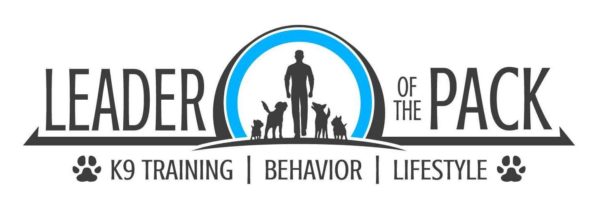 Before we get into things, let us first set the framework of what “no” means to us when we say it to our dogs. “No” means don’t do that or, stop doing that – plain and simple. So, when you tell your dog “no’, do you get the response you are looking for? Does your dog actually stop or refrain from doing what you so adamantly don’t want them to do? Maybe, but probably not.
Before we get into things, let us first set the framework of what “no” means to us when we say it to our dogs. “No” means don’t do that or, stop doing that – plain and simple. So, when you tell your dog “no’, do you get the response you are looking for? Does your dog actually stop or refrain from doing what you so adamantly don’t want them to do? Maybe, but probably not.
Let’s talk about what your dog does or does not do when you’re telling them “no”.
The three signs that “no” means something else to your dog:
1. Your dog just pretty much ignores you.
Chances are, you’ve said no a few times and given up for whatever reason, and your dog has learned that “no” is just a sound you make when they’re having fun. You may get their attention briefly but they resume doing what they were doing. This is a sign that you have not followed through after saying “no”. You see, dogs respond to physical cues better that they respond to verbal cues, that is until we pair them. What this means is that every single time you say “no”, you must physically intervene and stop your dog or prevent them. Notice the “physically”. You have to follow through all the time until your dog responds to verbal “no” as if you had intervened physically. You must be more persistent than your dog.
2. Your dog runs away from you.
Aside from being frustrating, this can be dangerous for many reasons. If you have said or yelled “no” while running towards your dog, they probably started running the other way. There are two possible reasons for this. One, they think it’s a game, initiated by you. Or, two, they are afraid of the consequence. Either way, having your dog run away from you after hearing the word “no” is not ideal. What you can do to address this is to be calmer and get closer to them before you say “no” and never chase after them. If that is a common occurrence, you should have your dog on a leash or supervise them better. A dog that is digging, chewing, stealing food, and garbage raiding needs to be managed and supervised
better or given a noteworthy correction as soon as they attempt one of those behaviors.
3. Your dog cowers when you say or yell “no”.
While some reading this may think a dog is “sorry” or even possibly abused, the truth is that a lot of dogs have learned to use this response to get you off their back. It’s called appeasement and dogs use it all the time to get you to stop scolding them and go away or even to start petting them. The problem here is that it yelling “no” doesn’t actually teach your dog not to do what it is that you don’t want them to do. They just keep doing it and say “I’m sorry” after. Again, the solution is more than likely better supervision and management.
Words are just sounds to dogs and have no real meaning until they detect a pattern from the words and the actions that follow, just like when they hear you grab their leash (leash = walk). “No” should be a word that is intentionally taught to your dog and effectively paired with an appropriate physical consequence. This way, when you say “no” they understand EXACTLY what you mean.
Article by Antonio Diaz Leader of the Pack
